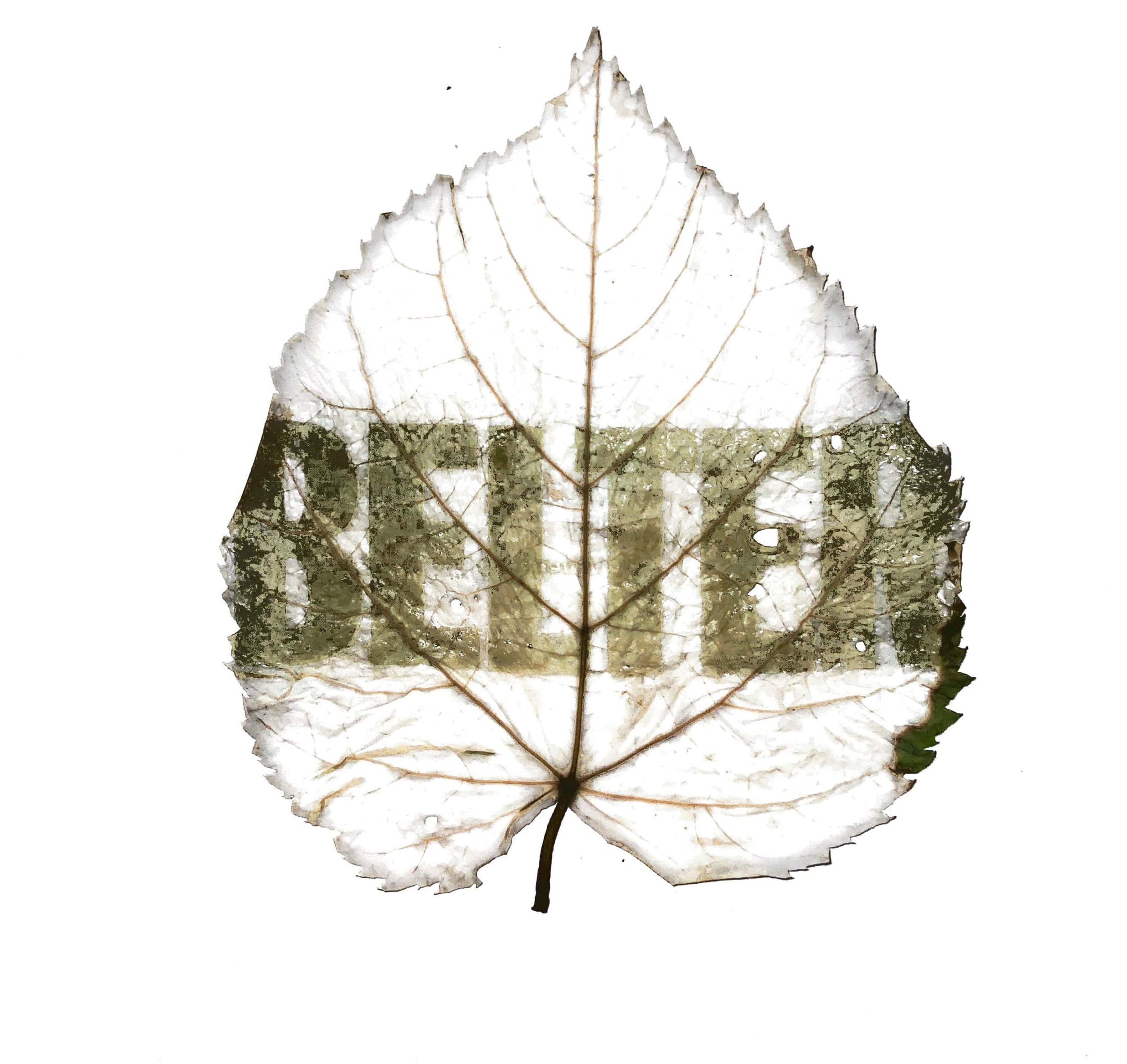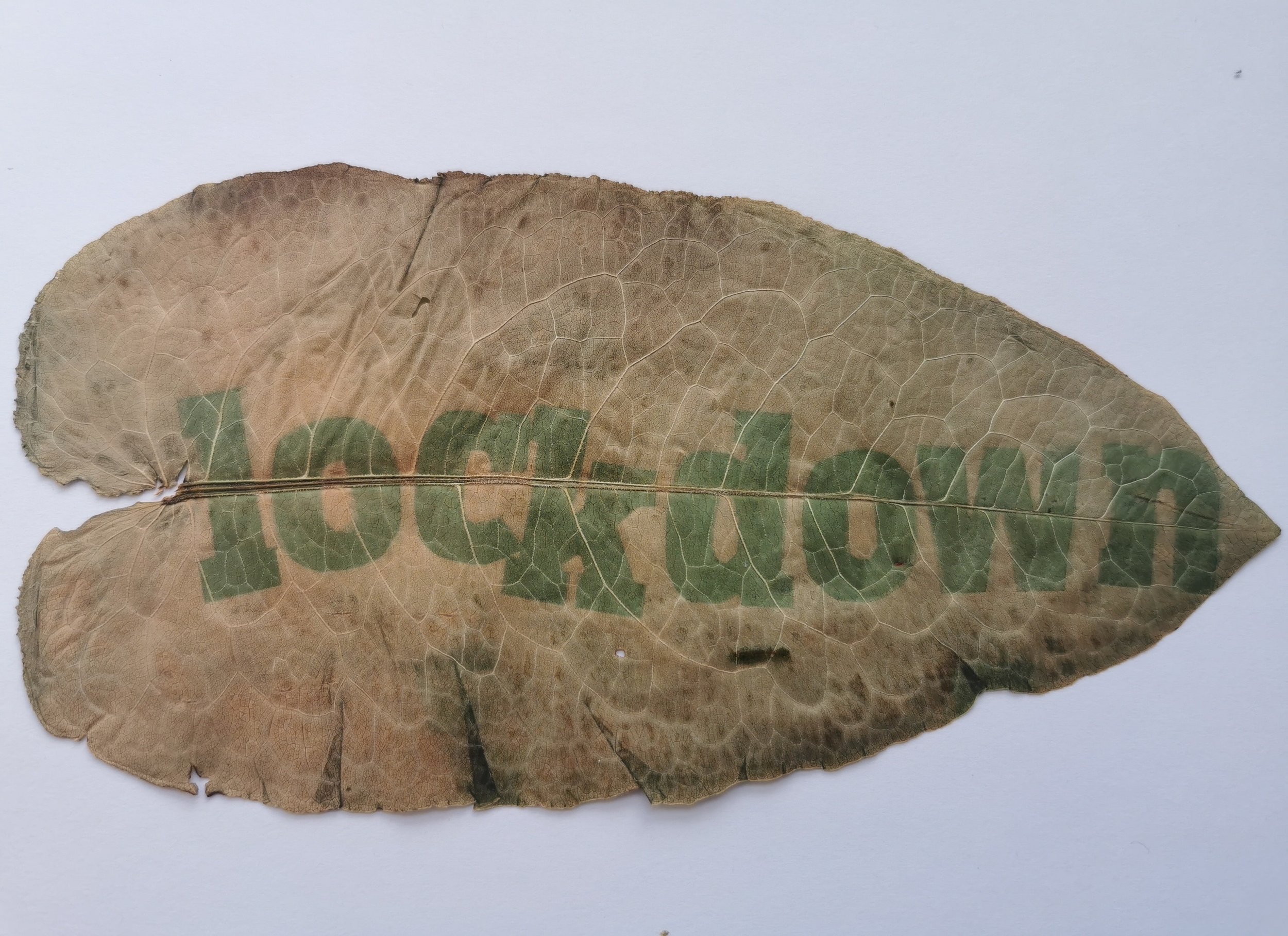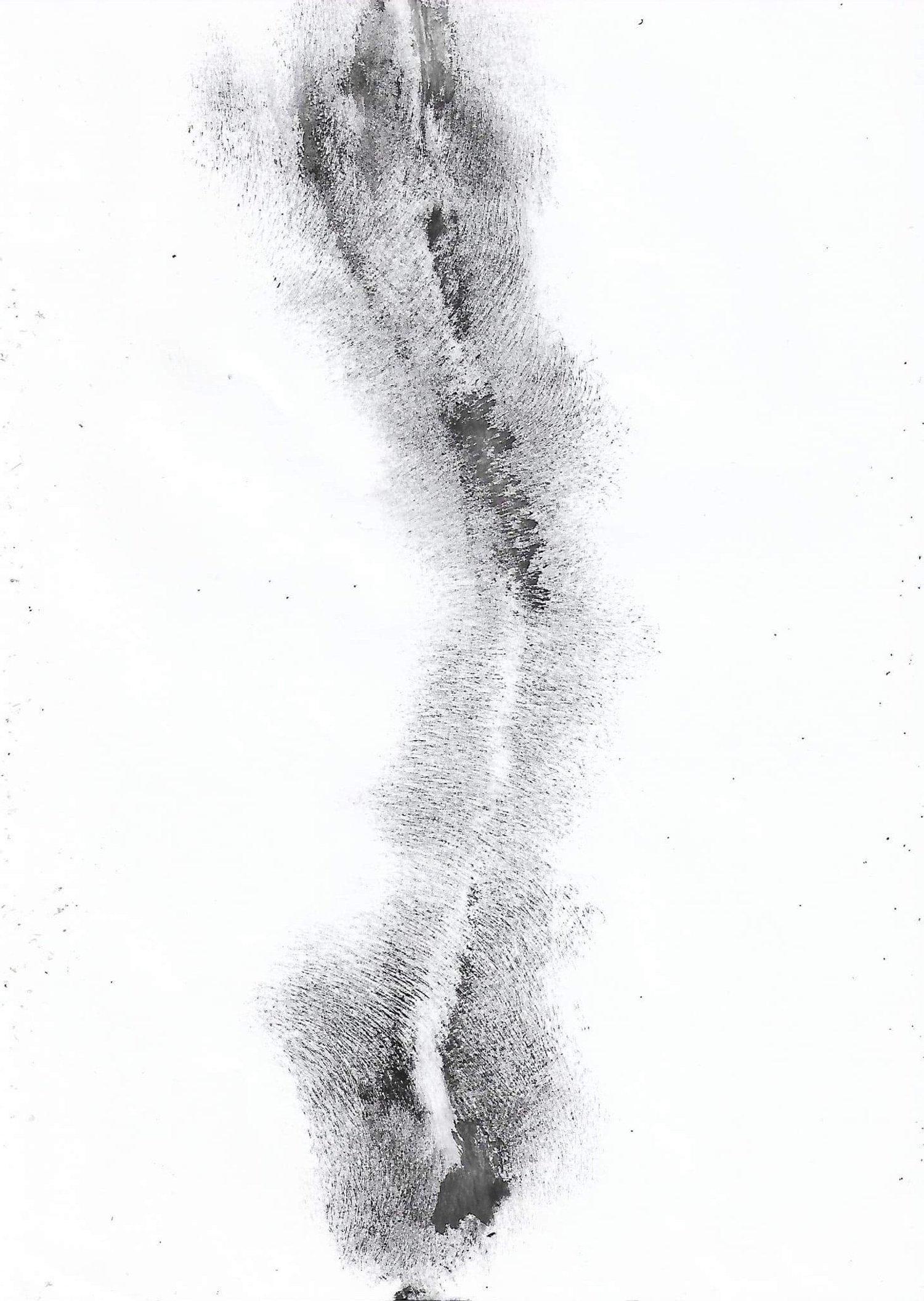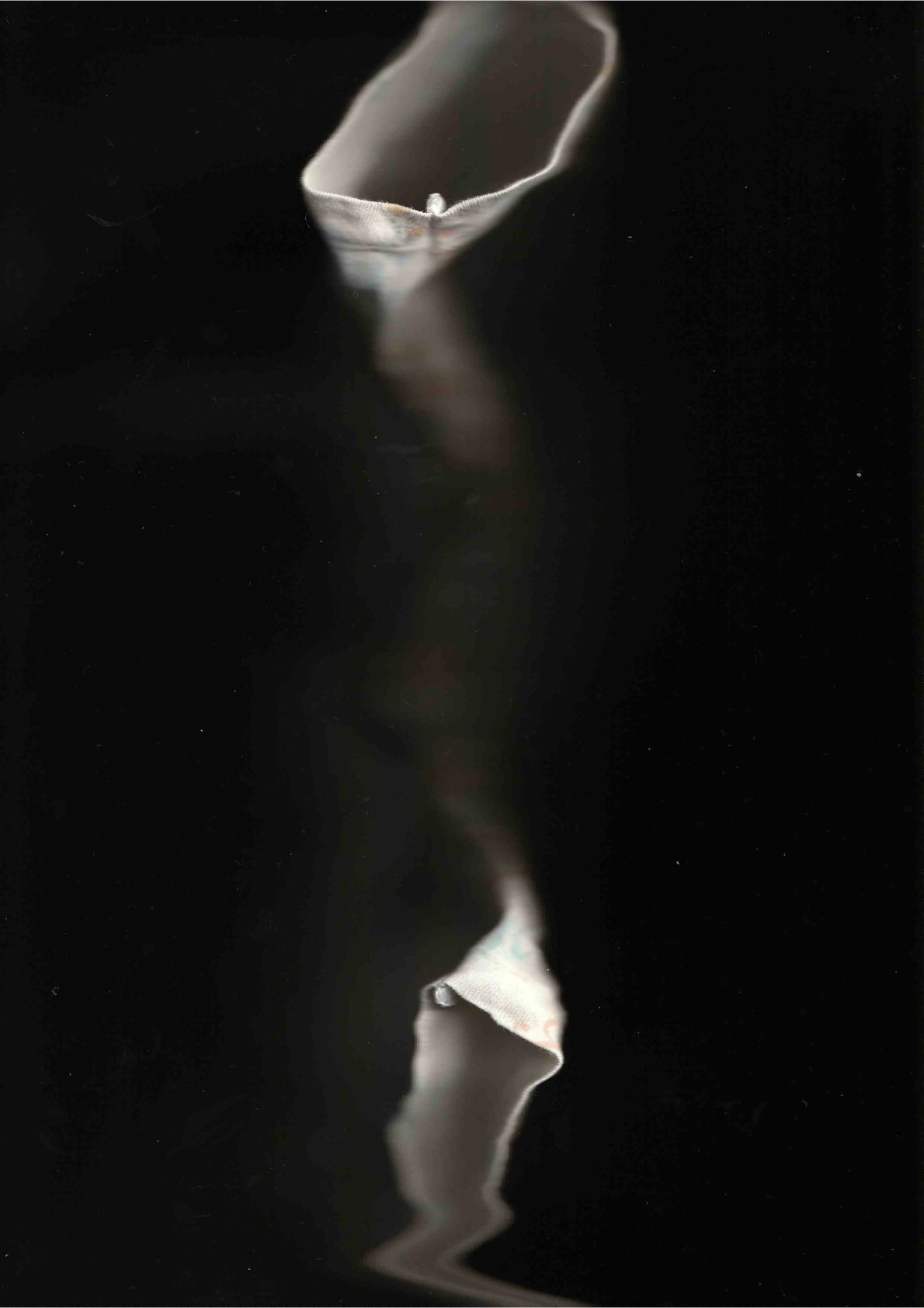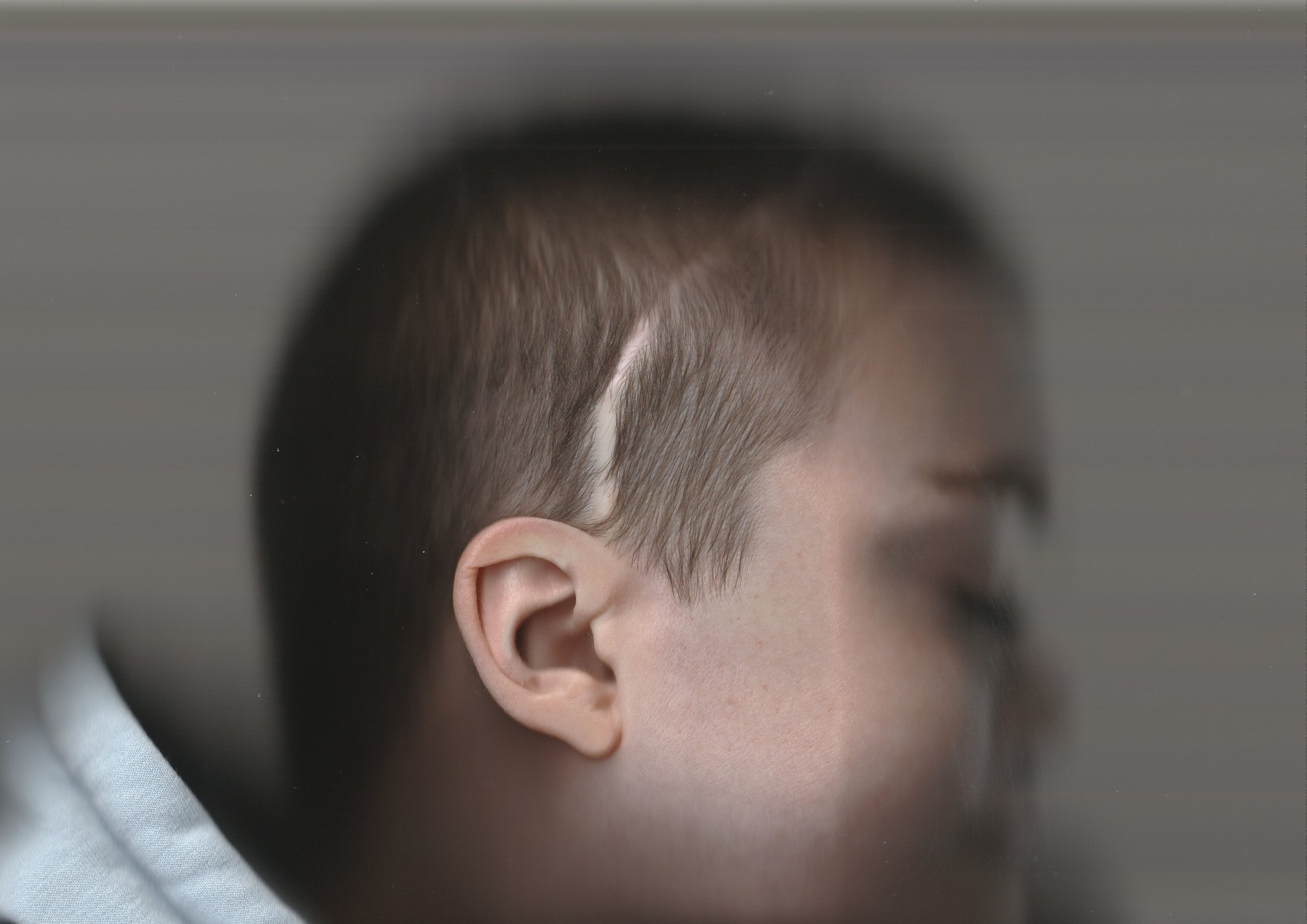10 Questions with Claire-louise Pitman
Claire-louise Pitman was born in Somerset, where she had her first major operation at just a few months old. As a child, she enjoyed forest school. Now she is closer to nature because of it.
College is where Claire-louise found photography in GCSE art. At college, she studied fine art for four years, which led her to become a photography graduate at Plymouth university.
Her work has been exhibited as a group in Somerset, Plymouth, Romania, and New York.
Currently, the artist is taking a gap year but is open-minded about who knows what is to come.
Claire-louise Pitman - Portrait
ARTIST STATEMENT
Claire-louise Pitman is an eco-conscious, disabled, cameraless artist. This is done by using sustainable photographic light processes such as chlorophyll printing, cyanotype printing, and scanography, meaning no harm has been done to the environment. With this in mind, the artist avoids purchases of new materials or equipment when working on projects. This can be done by using items we already own. Adding more waste to what we have already accumulated in this creative industry is not needed.
Pitman seeks to educate people on inclusivity as she herself is impaired. It only feels right to share the community that the artist is in. The approach through her practice is to be accessibility aware of making sure no one is left out. This is done by using audio content, tangibility, and colour contrast, to name a few areas.
In her concepts, Claire-louise turns to personal identity as it teaches the creator but, more importantly, others. Being severely visually impaired, there is an area of creating tactile and visual stimulation for the brain.
Through her research on visual impairment and Anomia Claire-louise expands her knowledge but still faces accessible barriers along the way.
The risk factors of being Anosmic, studio, 140.65x101.60 cm, 2019 © Claire-louise Pitman
Get your limited edition copy now
INTERVIEW
First of all, introduce yourself to our readers. Please tell us more about your background and how you began making art.
Hello readers, my name is Claire-louise Pitman and I was born in Somerset, where it wasn't till I was 3 months old that I was allowed to go home. As a child, I enjoyed nursery doing many artsy things, such as drawing in shaving foam. But attending forest school is the most memorable. Feeling my way around nature with my woolly hat.
As I grew older, I started to understand my disabilities, but I still didn't see anyone that looked like me. I obtained a grade C in art at secondary school, where I decided to take art seriously as I thought I was good at it. Next, I went to college, which was more of a fine art route leading me to explore; animation, fashion, and filming. After college, I attended the University of Plymouth, leaving with a 2:2 in photography, where I found my niche in alternative photography and diversity. I feel I appreciate texture, contrast, and audio a lot more now.
How would you define yourself as an artist? And what makes you unique?
I sometimes question how this particular person classes themselves as an artist. I am a hands-on tactile artist, if that's what you would call it; everything is very much a tactile process to get to the finished product.
Lockdown, chlorophyll print, 123.47x116.63 mm, 2021 © Claire-louise Pitman
Lockdown, chlorophyll print, 128.69x93.49 mm, 2021 © Claire-louise Pitman
As an impaired artist, you stress the importance of accessibility and inclusivity. How much does the art world still have to do in this regard?
Slowly but surely, the accessibility world is improving but personally, not fast enough. Sometimes it's the simple things that have a huge impact on an individual—for example, having 'alt text' on their favourite artists Instagram account.
I would have thought by now things like having light trigger warnings on videos and using balanced contrast on websites would be the norm.
It pains me to see a female wheelchair user can't gain access to the building because the only way in is using steps. I am not saying I know about every disability and learning difficulty. Every day is a chance to learn. It's most important to learn accessibility and diversity is an ongoing paths.
And what role do you think artists have in addressing such themes?
Maybe this is just because it affects myself, but I feel artists who display their work as individuals or represented by a gallery should think beyond handing the work over. And thinking the job is complete. It would be nice to see the artist research whether the building is physically accessible and so on.
Myscar, monoprint, 51.26x72.14 cm, 2020 © Claire-louise Pitman
You work with different techniques and define yourself as an eco-conscious and Camera less artist. Can you guide us through your creative process?
Once my topic has been chosen, whether it's about my own identity subject or a current issue, I then draw a mind map. This helps me understand the avenues I could go down. Is there a purpose for this project? I research artists that relate to the topic and note what techniques they have used. All of them are then options for me to use in experiments. I also use surveys and questionnaires mid-way to receive thoughts but also different perspectives. As the lecturers always say, 'keep reflecting'. When my image doesn't go to plan, I tend to hide it. I find listening to information very helpful by using podcasts, you-tube, and documentaries. In my mind, the strongest idea and technique create the display. What doesn't work for me is forcing an idea from a selection of themes.
How did you discover and get interested in sustainable photographic techniques, such as chlorophyll printing, cyanotype printing, and scenography?
I became aware of the cyanotype sand mono printing process in my last year of college. I found the cyanotype process more enjoyable than being in the studio. I had the sun box basically all to myself, an artist's dream, you might say. With my eyesight, the pre-made cyanotype kits are perfect.
In university, I learnt the cameraless world with all its many sustainable techniques that don't harm the planet. Seeing artists like Hannah Fletcher and Nettie Edwards showed me that this could be a real career.
Scanography has been a recent discovery, I knew of the process but didn't know it had its own name and history behind it.
Once upon a time, scanography, 20.99x29.70 cm, 2022© Claire-louise Pitman
Once upon a time, scanography, 20.99x29.70, 2022 © Claire-louise Pitman
How much planning goes into each work, and where do you find inspiration for your work?
I would say many hours for long projects. For example, my project 'the risks factors of being Anosmic'. I prefer to have some knowledge behind me before completing any experiments. With cameraless photography, you cannot plan the outcome accurately but for me sketching helps design shapes.
Let's talk about the main themes behind your art. What messages are you trying to convey?
I guess I am trying to suggest more sustainable photography processes to the viewers. It might be the case that alternative imagery would be less wasteful than being in the studio.
With my personal projects, I try to softly educate my audience about the subject in view in a verbal and visual way.
Overall I aim to show that as a disabled artist, it has its advantages. I think all creative disabled persons shouldn't be afraid and put themselves forward.
Myscar, scanography, 3507x2480 px, 2022 © Claire-louise Pitman
Sustainability is a major theme nowadays in art and an urgent problem. What other practices are you implementing in your life and work to be more sustainable?
Like everyone else these days, we use reusable cups, fabric bags, and food waste bins. I use our water butt for rinsing cyanotypes. If I can go out of my way to make sustainable choices, I will. I even tried plastic-free mascara, which was not a sustainable swap.
Finally, what are you working on right now? Anything exciting you would like to tell our readers?
Right now, two images from the 'once upon a time' series are exhibited in a local gallery for their annual winter exhibition.
I am currently working on my piece for the ACEArts gallery exhibition named "flock together". It is a community embroidery showcase where each individual stitches their design onto a blank white square where in the end, they are all mounted onto large fabric panels.
I am also participating in the Petri dish project 2022 where 34 artists creat art within the dish using any substance. Mine is based on what I thought my head scar would appear like just after surgery.
Very recently I have been accepted onto a short residency called Destination Dartmoor arts heritage group. Hopefully this is one of many residencies to come.






